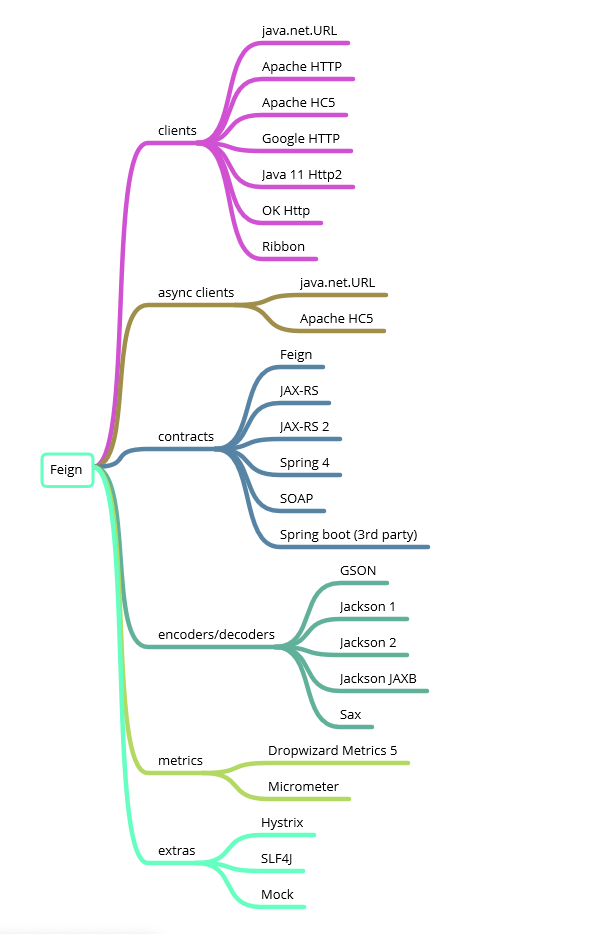

We learned to start and stop the server, setup mocks, write success and error tests, verify the details of sent requests etc. In this tutorial, we learned to use MockWebServer to mock APIs and responses and later consume these API using WebClient. RecordedRequest request = server.takeRequest() ĪssertEquals("/api-url-two", request.getPath()) ĪssertEquals("POST", request.getMethod()) ĪssertNotNull(request.getHeader("Authorization")) ĪssertEquals("", request.getBody().readUtf8()) 6. We can use RecordedRequest instance to fetch the details of HTTP requests MockWebServer to make sure our WebClient sent it correctly. This is especially useful when we are implementing and testing the retry logic. Sometimes it is important to verify how many times a request was hit on the mock server. The given mock will send the response in 5 chunks. To test a slow network, we can use setChunkedBody() method to send the response in chunks. setBodyDelay(5000, TimeUnit.MILLISECONDS) You may check out the related API usage on. You can vote up the ones you like or vote down the ones you don't like, and go to the original project or source file by following the links above each example.
MOCKWEBSERVER ENQUEUE HOW TO
MockWebServer supports these kinds of erroneous mock responses.įor example, we can test the timeout logic and delayed responses using setBodyDelay() method. shutdown () The following examples show how to use shutdown (). we may get different error codes and other fails such as network issues and latencies. StepVerifier.create(apiResponse)ĪPI responses will not be successful all the time. Once the API response is available, we can project Reactor’s StepVerifier to test these async responses. Mono apiResponse = webClient.post()īase64Utils.encodeToString(("username:password").getBytes(UTF_8))) create(String.format(" server.getHostName())) įinally, hit the mock API and pass on the request parameters and body, as necessary. To get the API host URL, use server.getHostName() method. Normal JUnit TestsĪfter setting up the mocks, we can hit the mock APIs using Spring WebClient. We can use a different port by specifying in start() method.

By default, the server starts in port 8080. The following example uses the and hooks to start and stop the server.

MOCKWEBSERVER ENQUEUE CODE
This post covers concrete code snippets, performance tips and technologies like Spring, JUnit5, Testcontainers, MockWebServer, and AssertJ for easily writing integration tests. This way, we are finally testing the behavior instead of the implementation. stop the server after the end of the tests Fortunately, it’s easy to write integration tests that hit all layers.We can use the MockWebServer similar to other such libraries, such as WireMock. When a successful response is received from the server, the quote is displayed otherwise a retry button is shown with an error message. In the code below, the service gets created and the activity asynchronously calls getQuoteOfTheDay(). Ensure your activity calls the Retrofit Service that you have just created.Public interface QuoteOfTheDayRestService getQuoteOfTheDay()

MOCKWEBSERVER ENQUEUE ANDROID
In order to test your Android apps, one thing that normally gets frequently overlooked is the apps ability to handle different server responses. Copilot Packages Security Code review Issues Discussions Integrations GitHub Sponsors Customer stories Team Enterprise Explore Explore GitHub Learn and contribute Topics Collections Trending Skills GitHub Sponsors Open source guides Connect with others The ReadME Project Events Community forum GitHub. After trying out Retrofit 2, I have adjusted the previous sample and managed to achieve the same results (with some improvements 😀). This mechanism works well for Retrofit versions 1.9 and below but has its drawbacks. I am writing a junit test using okhttp3.mockwebserver for a retrofit2 rest api. In the previous post, I discussed implementing a custom Retrofit Client to mock out different HTTP response codes.


 0 kommentar(er)
0 kommentar(er)
